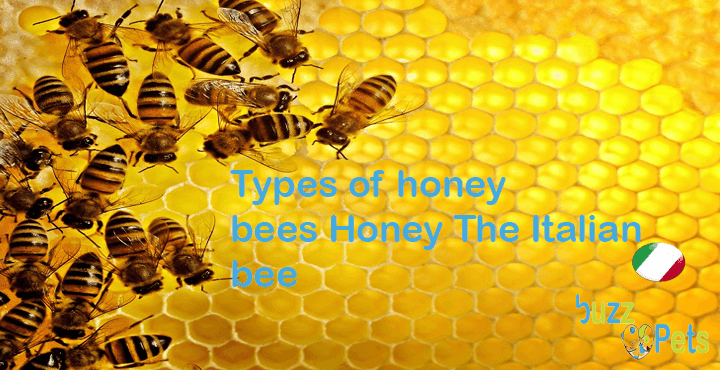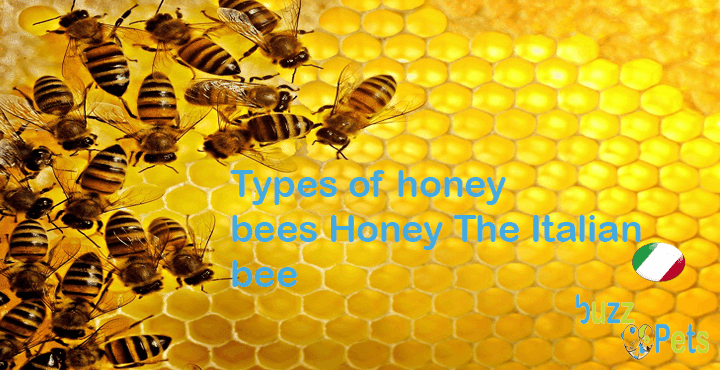The Italian honey bee is native to mainland Italy, southern Alps and northern Sicily, and was brought to the United States in 1859. We know them for their prolific cycles and brood production, their gentle nature and their reluctance to swarm. The disadvantages include: consuming resources at a rapid rate; robbing stores in weaker or neighboring beehives; difficulties with natural pests; can’t stand the cold. Renowned beekeeper Thomas White Woodbury first introduced the Italian bee to Britain in 1859 and considered it vastly superior to the ancient British black bee (Am mellifera).
Italian queen bee
Italian queens are the heart of the American beekeeping industry, native to the Apennine Peninsula in Italy and imported to the United States in the late 1850s. We know them well for their gentle nature, abundant brood production, and excellent foraging abilities of their workers.There are a few subspecies of Italian bees found in the world:
The yellow bee (Apis Metlifica)
The yellow bee species are a subtype of Italian bees, followed by the Cypriot, Syrian, Israeli, Egyptian and Saharan bees. They imported them to the United States before the other bees. It is widespread in the United States and yields the greatest amount of honey.
Their nature is rustic, industrious and prefers to sit quietly on the shelves. Most Italian American bees have three yellow bands with a black border. Some bees have four and sometimes five stripes. The aboriginal races of Italian bees have only 2 yellow bands, and the third, near the breast, is not always clear. Italian-American bees are yellower than Italian bees.
Imported yellow bees have a muddy or dark tint. We know that the darker the Italian bees are due to a more peaceful nature. Rarely, the queen’s abdomen is entirely yellow. Most often the upper body is yellow, but the lower part and tip of the abdomen are black while bumblebees and worker bees are striped, but generally their body is dark, sometimes with one or two yellow stripes. . Italian bees can live with wax moth larvae in their hives, but we can’t say that about American black bees. Italian bees clean the beehive from wax moth. Young Italian bees quickly destroy ringworm. Weak black bees or Dutch bees cannot cope with ringworm..
The yellow bee (Apis Metlifica)
The yellow bee species are a subtype of Italian bees, followed by the Cypriot, Syrian, Israeli, Egyptian and Saharan bees. They imported them to the United States before the other bees. It is widespread in the United States and yields the greatest amount of honey.
Their nature is rustic, industrious and prefers to sit quietly on the shelves. Most Italian American bees have three yellow bands with a black border. Some bees have four and sometimes five stripes. The aboriginal races of Italian bees have only 2 yellow bands, and the third, near the breast, is not always clear. Italian-American bees are yellower than Italian bees.
Imported yellow bees have a muddy or dark tint. We know that the darker the Italian bees are due to a more peaceful nature. Rarely, the queen’s abdomen is entirely yellow. Most often the upper body is yellow, but the lower part and tip of the abdomen are black while bumblebees and worker bees are striped, but generally their body is dark, sometimes with one or two yellow stripes. . Italian bees can live with wax moth larvae in their hives, but we can’t say that about American black bees. Italian bees clean the beehive from wax moth. Young Italian bees quickly destroy ringworm. Weak black bees or Dutch bees cannot cope with ringworm..


